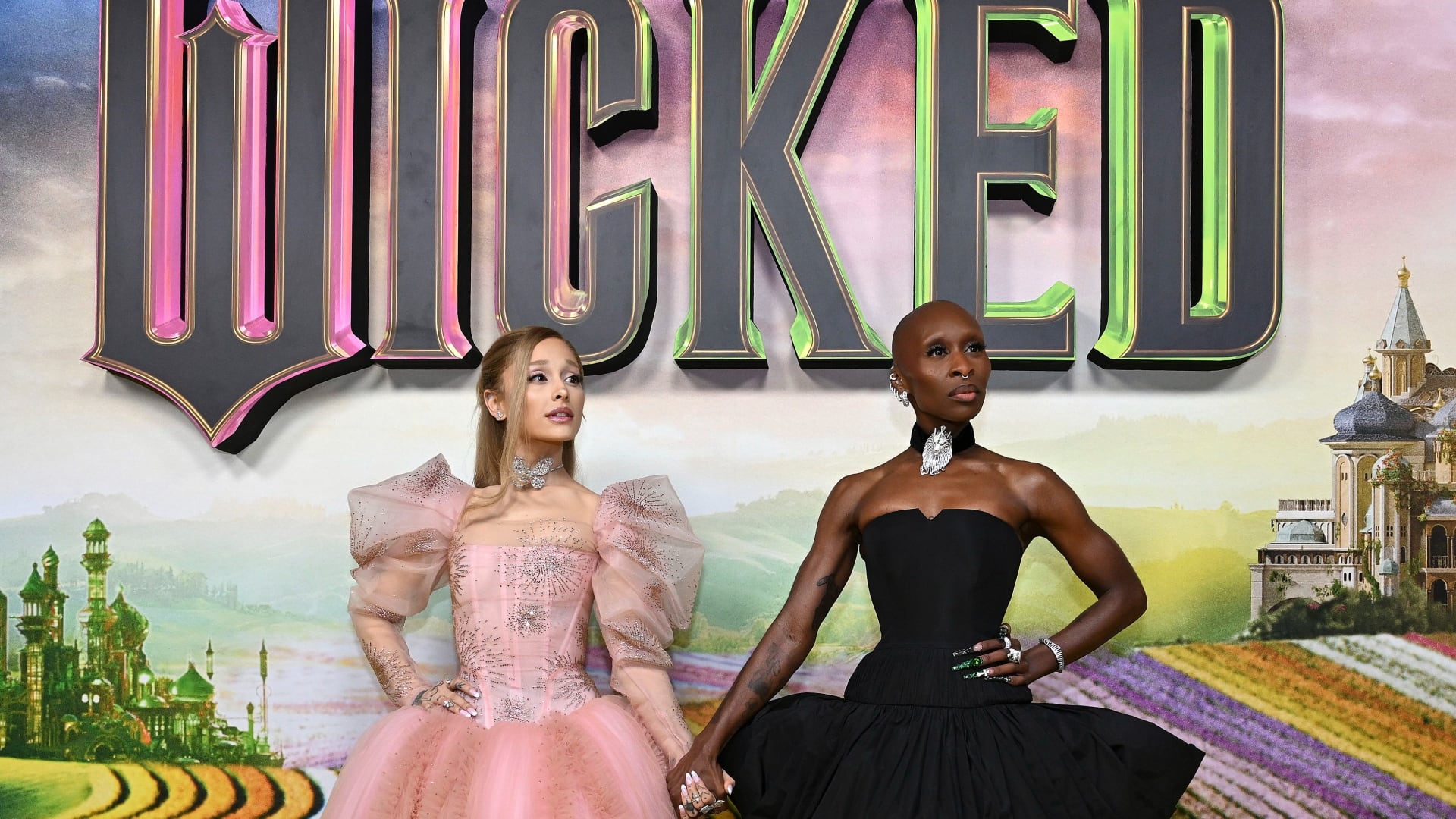Adventurer Colin O'Brady is off to break a new record in one of the most treacherous water crossings in the world. He and a team of five others will be rowing the 600-800 miles from Cape Horn to Antarctica without any support or aid, but with a constant stream of video content. He left Punta Arenas, Chile on Tuesday night in a supervising vessel and launched on The Ohana — his rowboat — Friday to begin what he is calling "The Impossible Row."
The schedule is grueling: three people row in 90-minute shifts while the other three rest. The group switches continuously 24 hours a day until they complete the trek, which O'Brady expects to take about three weeks.
The Drake Passage is known for temperatures between 26 to 41 degrees Fahrenheit, lower than in the Atlantic and Pacific, and can see waves of up to 50 feet in height.
O'Brady's challenge is the first of its kind in the region, but others have rowed unaided across the Atlantic and the Pacific. While those are much longer voyages, the Drake Passage's brutal weather, high winds, and icebergs in the water make it particularly difficult.
The six-man crew includes two men who rowed across the Indian Ocean, one of whom recently landed in the hospital after completing a 56-hour, nearly 94-mile swim from Barbados to St. Lucia. This time, the team will face frigid and extreme weather even though they're setting sail during Antarctica's summer.
Just before setting off, the team was planning to practice capsizing to "simulate what it feels like if a huge wave flips our boat upside down, how to react to that," he said.
O'Brady, the 34-year-old endurance athlete who caught attention last year when he became the first person to cross Antarctica unaided in a 54-day trek, said he's looking forward to seeing the continent again from a different vantage point. This time he'll be especially glad to reach Antarctica on his "tiny little boat" because it "will also mean we've survived this crossing." O'Brady had never rowed a boat before beginning training this year.
A film crew from Discovery will be riding on a supervising vessel nearby throughout this adventure but is not there to help or support the rowboat. He said the vessel will be there to comply with the requirements of the Antarctic Treaty System.
Content collected by cameras embedded in the rowboat and video collected by drones will be edited and published by the team aboard the supervising vessel between 30 minutes and 24 hours after it is captured. For those who can't get enough, O'Brady himself will be posting Instagram stories and footage of his journey. His wife Jenna, who he said has been involved in every detail of the expedition, will also be on the ship.
"There's something beautiful and pure, or certainly nostalgic, around thinking about someone like [explorer Ernest] Shackleton going off on a three-year expedition … he put some of the first footprints down in Antarctica writing long journal entries, sending letters, that kind of stuff," he said. But today's technology means the adventurer can keep people updated in real-time. "To my knowledge … to this degree what we're doing with Discovery is also sort of a world first, in terms of real-time story-telling in nature."
O'Brady plans to post to Instagram when he gets the chance, but the notoriously rough waters in the Drake Passage may keep him busy. The passage is volatile and brutal — and that's for passengers who cross in a ship. The Strait of Magellan, which Ferdinand Magellan used to circumnavigate the globe in 1520, is located at the southern tip of South America and is thought to be shorter and more sheltered than the Drake Passage. These were the main ways for travelers to cross from the Atlantic Ocean to the Pacific Ocean before the Panama Canal was completed in 1914. Thousands of sailors died making the crossing, where the Atlantic Ocean, Pacific Ocean, and the Southern Ocean converge.
"The ocean is something that has always intrigued me, but at the same time, it's a powerful, powerful thing," he said. "I would never underestimate the power of the water."
Discovery's supervising vessel is there for a worst-case scenario, but the passage, where the team could encounter icebergs as they row, makes even an intrepid adventurer like O'Brady nervous.
"The most important muscle is the six inches between our ears," he said. O'Brady said he has a long-standing meditation practice and his "daily practice really applies well to adapting to fear and self-awareness around my own thoughts." He said he practiced meditation during his solo-crossing of Antarctica and has attended several 10-day silent meditation retreats.
His story is one of endurance and resilience — in his current pursuits and on a long road to recovery after a devastating accident in 2008, which left him with burns over nearly 25 percent of his body. He had second and third-degree burns across his legs and feet and was unable to get to a hospital in Bangkok until a week after the accident. O'Brady was warned he would never walk again. Only eight years later, he became the fastest person to climb the "Seven Summits," the highest mountains on each continent.
As he prepared for his latest challenge O'Brady said he hopes his pursuits "inspire other people … to reach for the impossible … and go after their impossible dream."













